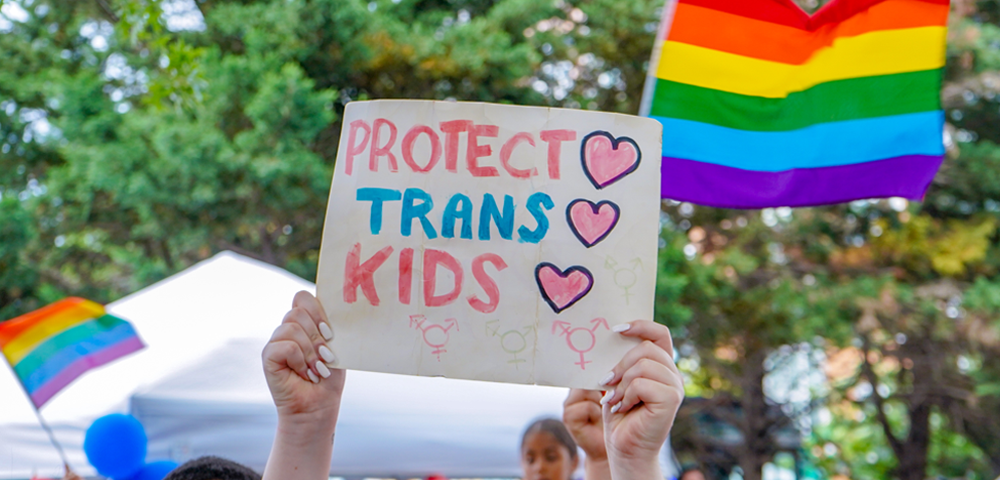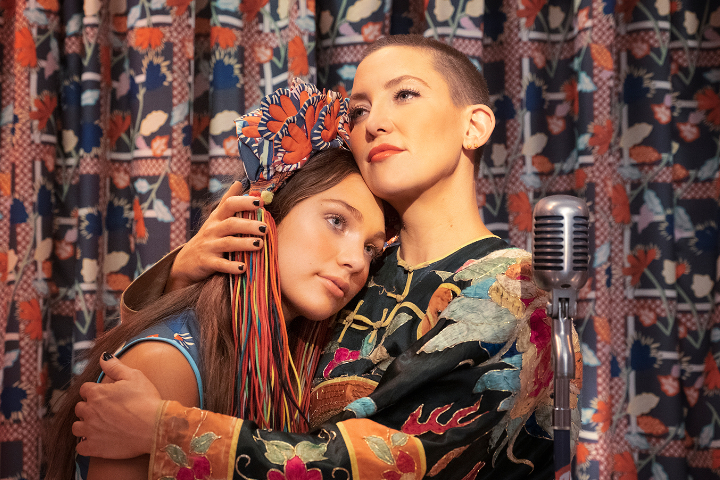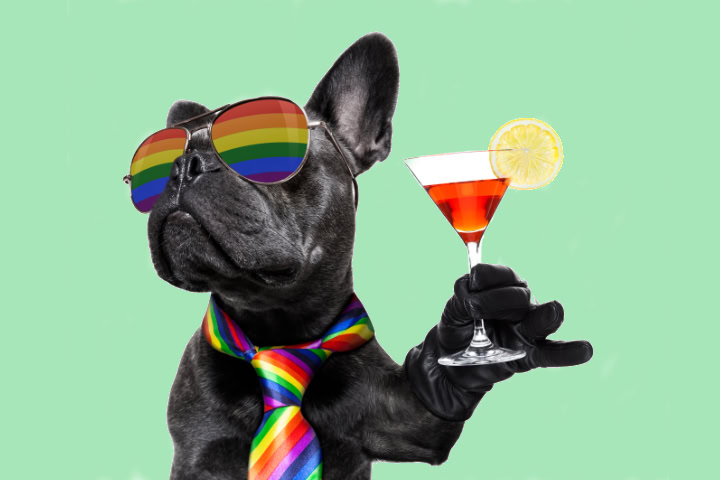
There’s power in the pink vote
In the dying days of November, online magazine Crikey.com.au published what is perhaps the first national poll data on how GLBT Australians vote at federal elections.
Surveying 322 community members across all ages and states, Crikey built up a snapshot of the combined pink vote at the 2007 election that brought the current Government to power.
The results should in no way be considered exact -” such a small sampling would inevitably result in larger margins of error than the kinds of polls usually seen in daily newspapers -” but they still give us a fascinating general picture of how we’re voting.
Importantly, this is also the first major piece of research to poll support for same-sex marriage within the GLBT community itself at a national level. Previous efforts commissioned by the NSW and Victorian gay rights lobbies had only given us the picture in a handful of states.
Anti-marriage foes from within the gay community at both ends of the ideological spectrum have consistently claimed to represent a silent majority, but with a whopping 87 percent of respondents supporting marriage equality, that myth has been well and truly busted -” no matter what the margins.
The number who want civil unions legalised but not marriage polled in at a tiny nine percent, while only four percent want no formal recognition at all.
Support for same-sex marriage amongst GLBT voters was identified right across the political spectrum, with even the one in five of us who still voted for the Coalition split on the issue.
Other surprises to be found in the data is that support for the Democrats remained strong, nearly reaching ten percent in the Senate, while the pink Greens vote in House of Representatives seats stayed south of twenty five percent -” though to be fair, not far south.
However, nearly forty percent of us are now voting Green in the Senate, compared to just thirty percent who stuck with Labor -” a poor showing for a major party in any demographic. Having lost all their senators, if the Democrats vote migrates to the Greens at the next election, that figure could approach fifty.
But how much of a force is the pink vote in Australia, and should the parties even care how we vote? Crikey calculates the strength of the GLBT community at 800,000 eligible voters -” about six percent of the electorate.
To federal Labor that translates to three percent of their first preference vote and about four and a half percent after preferences -” enough to make the difference in a tight election.
Factor in our ability to influence friends and family, who often see our issues as their own, and that influence spreads far further.
And what of the opposition forces? Other polling suggests slightly fewer than one in four Australians are homophobic, about 3.2 million voters. However, the number of these who would switch from their chosen party and vote against perceived economic self-interest just to stand in the way of our rights is likely to be miniscule.










Clarification: when expressed as a percentage of the total vote, the GLBT vote going to Labor is 3 percent of first preference votes and around 4.5 percent after preferences.
However when expressed as a percentage of Labor’s support base those figures double to 6 and 9 percent respectively- ie the GLBT community supplied just under one in ten of the votes the Rudd Government relied on in taking power.